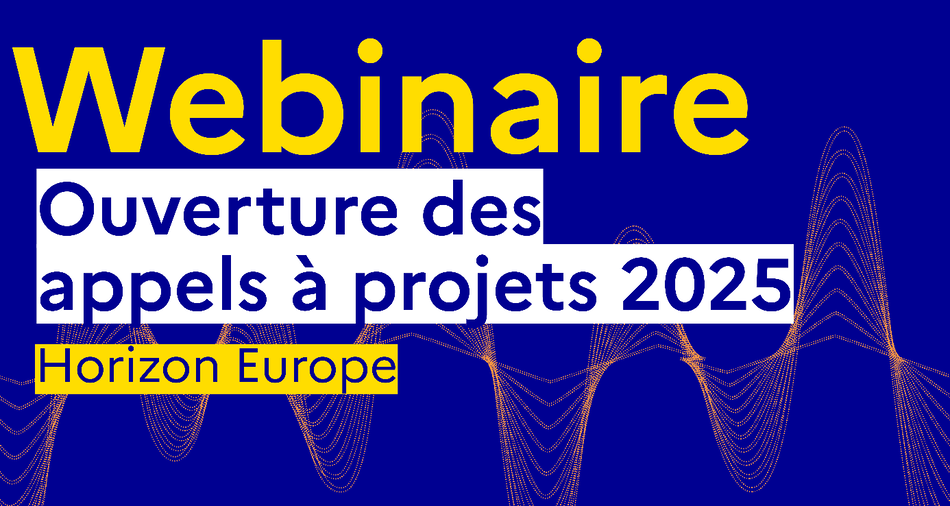Expected Outcome:
Projects’ results are expected to contribute to some or all of the following outcomes:
- Broad acceptance of autonomous systems by first responders and affected people in civil protection;
- Higher safety and security standards for operational forces working in hazardous environments;
- Get ahead of future shortcomings of trained first responder personnel by increasing first responder efficiency (less personnel do more work in shorter time);
- Increased ability to conduct on-scene operations remotely without endangering first responders;
- European robotics industry is strengthened through engagement in the civil protection research as well as an economic and political advantage through building up know-how for innovative technologies;
- Reduction of false positive readouts from various sensors carried by robots.
Scope:
Robotics and automation are key technologies that help increase productivity and efficiency to prevent, prepare, and/or respond to natural and human-made disasters. Demographic change and lifestyle changes, such as shifting several time centre of one’s life, build up lots of pressure, especially on volunteer-based first responder organizations, which need long training to be mission ready. First responders supported by robotics will be able to fulfil more work within a shorter amount of time and with less personnel. In this industry, cheaper, more capable, and more flexible technologies are accelerating the growth of fully automated production facilities. It is necessary to bring this innovation also into saving lives. Fundamental changes (procedures, tactics and strategies) in the civil protection traditional way of working are needed. Robotic systems with and without autonomous functionalities are not entirely new in disaster relief, but still, there is no continuous and decisive step towards bringing this innovation into the first responders’ daily work. In order to be successful in this process, various aspects should be considered.
Firstly, there is a need to identify the fields and domains that will benefit from (autonomous) robotic systems. For a start, there is an urgent need to look into the deployments in hazardous environments or where the danger for first responders and citizens is the highest. What kind of technologies can be replaced with robotic solutions to complete the task more efficiently? What are the situations which cause the most significant danger to human life during a disaster situation? Also, it is essential to look into options where robotic systems might be more effective than humans. Extensive technology inventory is needed. Altogether this first step can be considered as the exhaustive requirements and gaps analyses which is an inevitable step bringing robotics closer to the civil protection.
Secondly, the identified gaps and needs should be the basis for proof-of-concept research and development studies. Proof of concept studies can either focus on autonomous systems or semi- autonomous systems (e.g. optionally manned or tele-operated systems). These solutions enable managers and practitioners to immerse themselves in what is happening on- site from a great distance and make decisions or even actively intervene in what is happening. To this end, new sensing capabilities should be developed to enhance robotic capabilities and provide more information about the hazards in the environment they operate. They should be adapted in a compact system to be mounted on robots. Human-machine interaction technologies that enable an overlapping control of the robotic systems between the artificial Intelligence entity and the operator need to be developed. The interaction between the user and the robotic system has to be intuitive and should work without extended training. Thirdly, first responders' training, preparedness, and mindset should be considered when bringing new technologies into the field. This is necessary in order to reach a required paradigm shift. This is a long-term process and therefore has to be strategical and well planned.
Fourthly, the relevant infrastructure needs to be put in place. Robotic systems should be seen as an integral part of first responder ecosystems and not as a single technology. Further research is needed to define the basic physical and organisational structures and facilities required for the operation of robotic solutions and integration to the current operational infrastructure. Therefore, adapted standard operational procedures have to be developed.
Overarching topics like ethics, legal and societal implications are highly relevant in the robotics context. They form the basis for the societal acceptance of artificial intelligence in control and decision-making. As robotics become a new resource for the application in hazardous environments (but not only), their acceptance has to be ensured from the perspectives of emergency services, just as the people to be rescued.
In summary, the scope of this topic is not only to develop new robotic solutions for specific tasks but addresses also more holistically the surrounding environment and factors that impact civil protection on a larger scale (urbanisation, ageing, climate change, increased complexity in the area of critical infrastructure protection etc.). There are many research and engineering challenges that need to be addressed in the framework of this topic. First responders play a vital role in ensuring that the robotics solutions are based on the needs and are valuable assets for the civil protection ecosystem.
This topic requires the effective contribution of SSH disciplines and the involvement of SSH experts, institutions as well as the inclusion of relevant SSH expertise, in order to produce meaningful and significant effects enhancing the societal impact of the related research/innovation activities.
In order to achieve the expected outcomes, international cooperation is encouraged.





